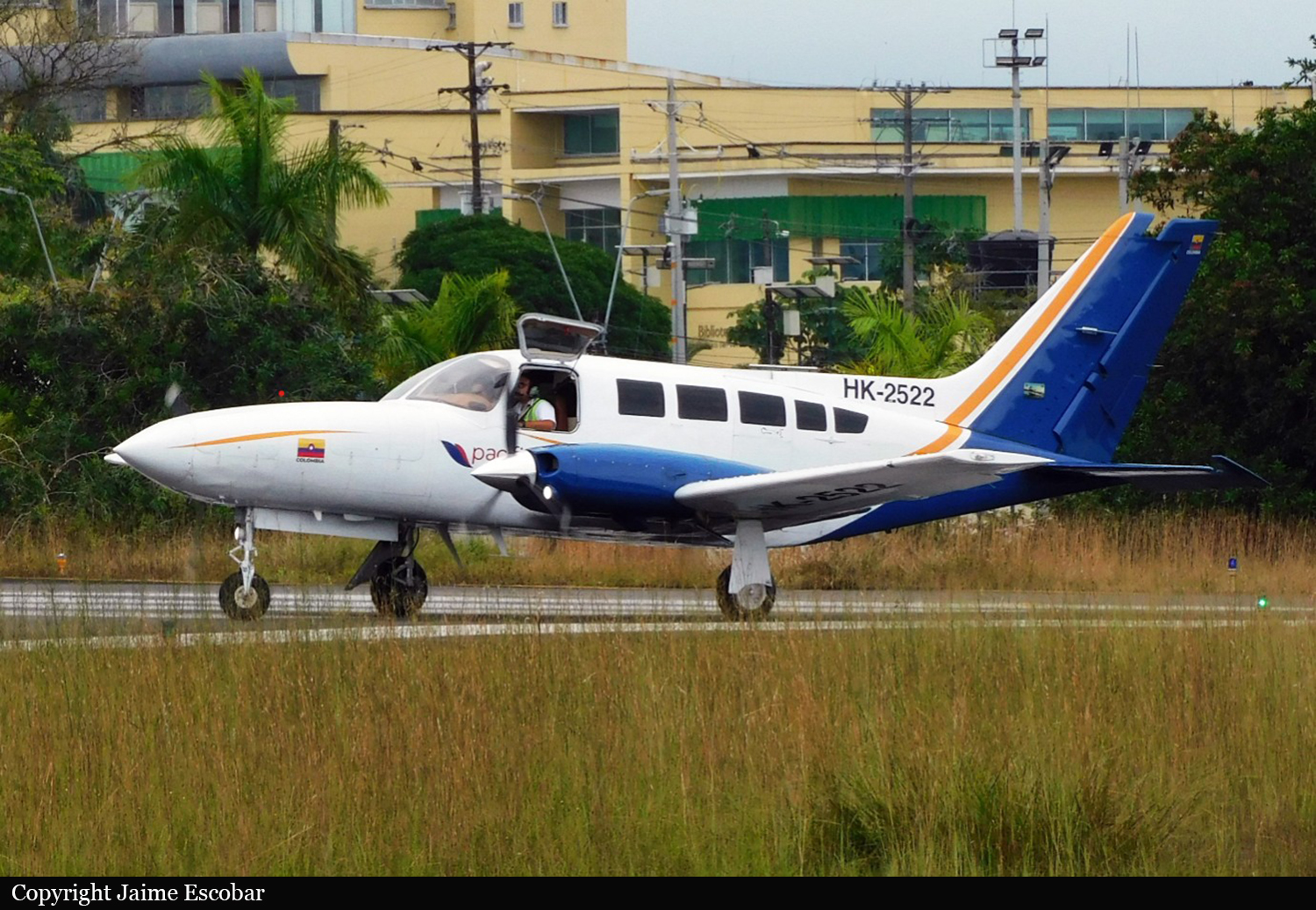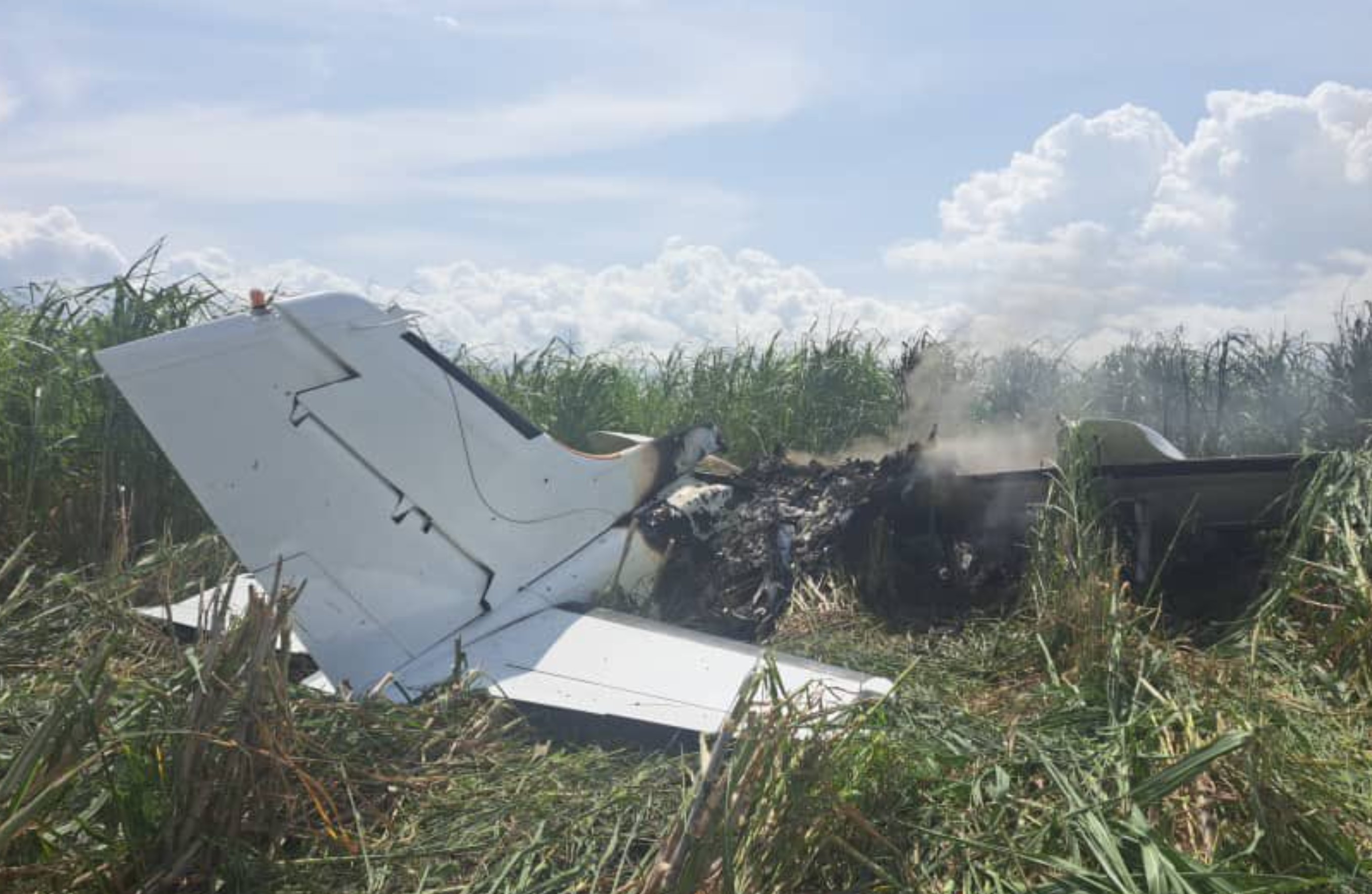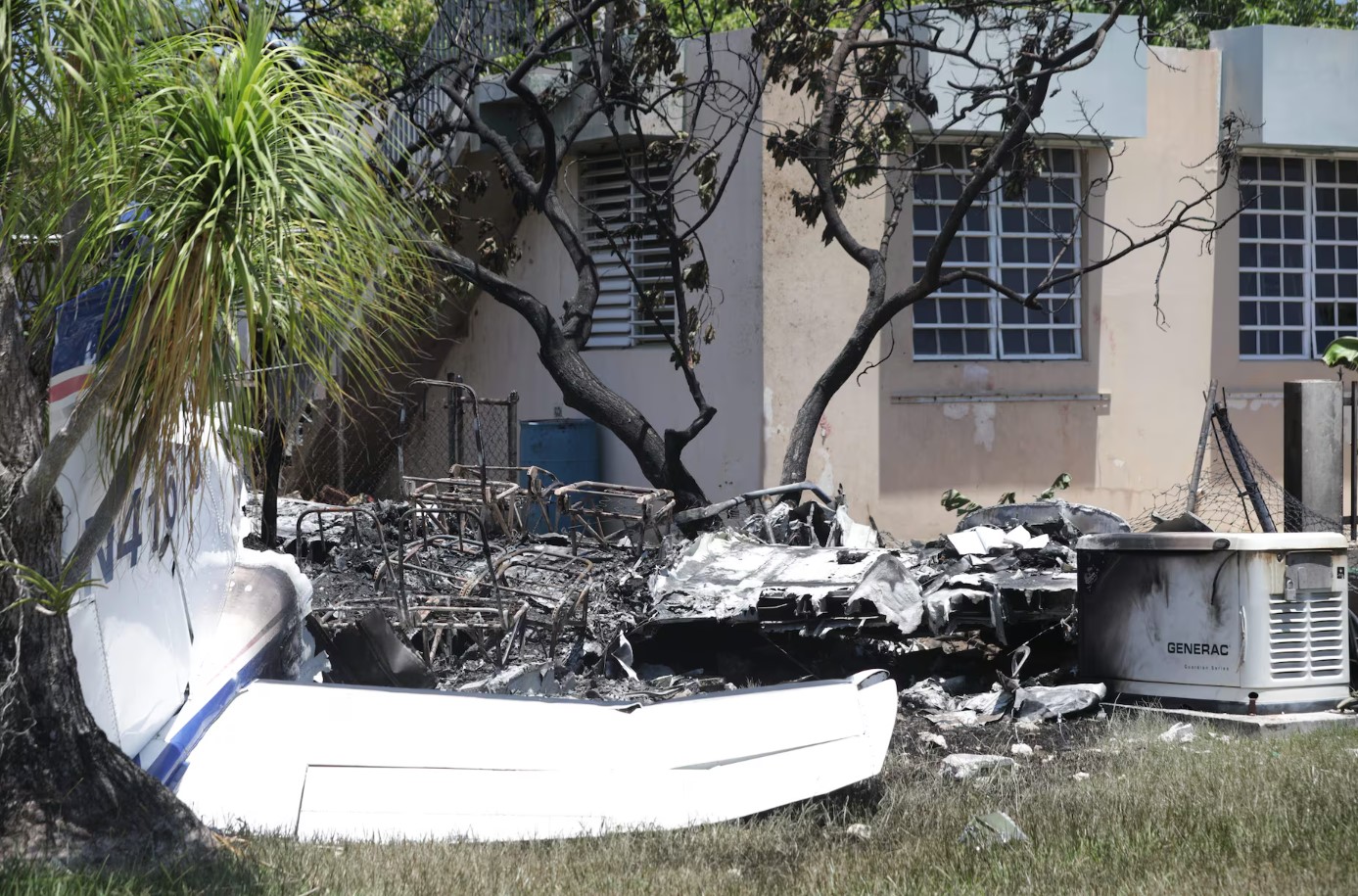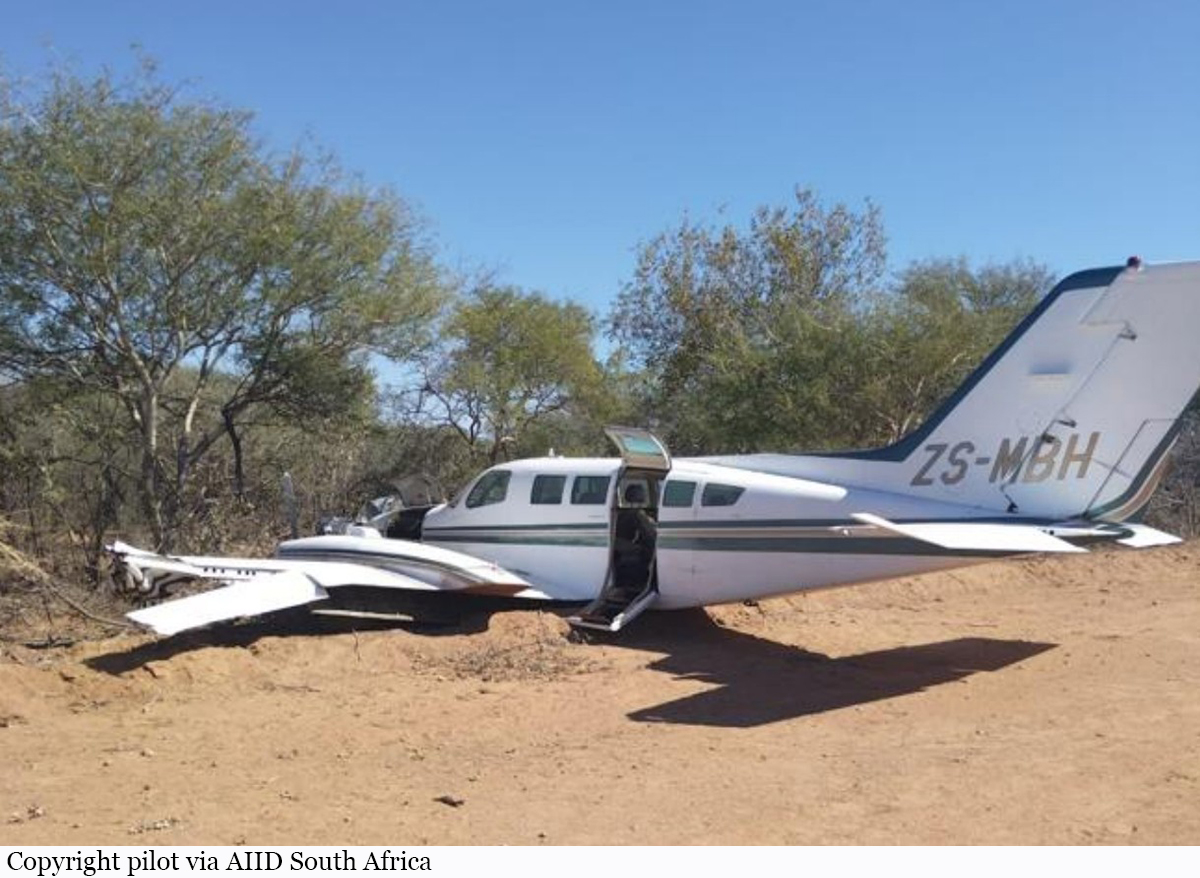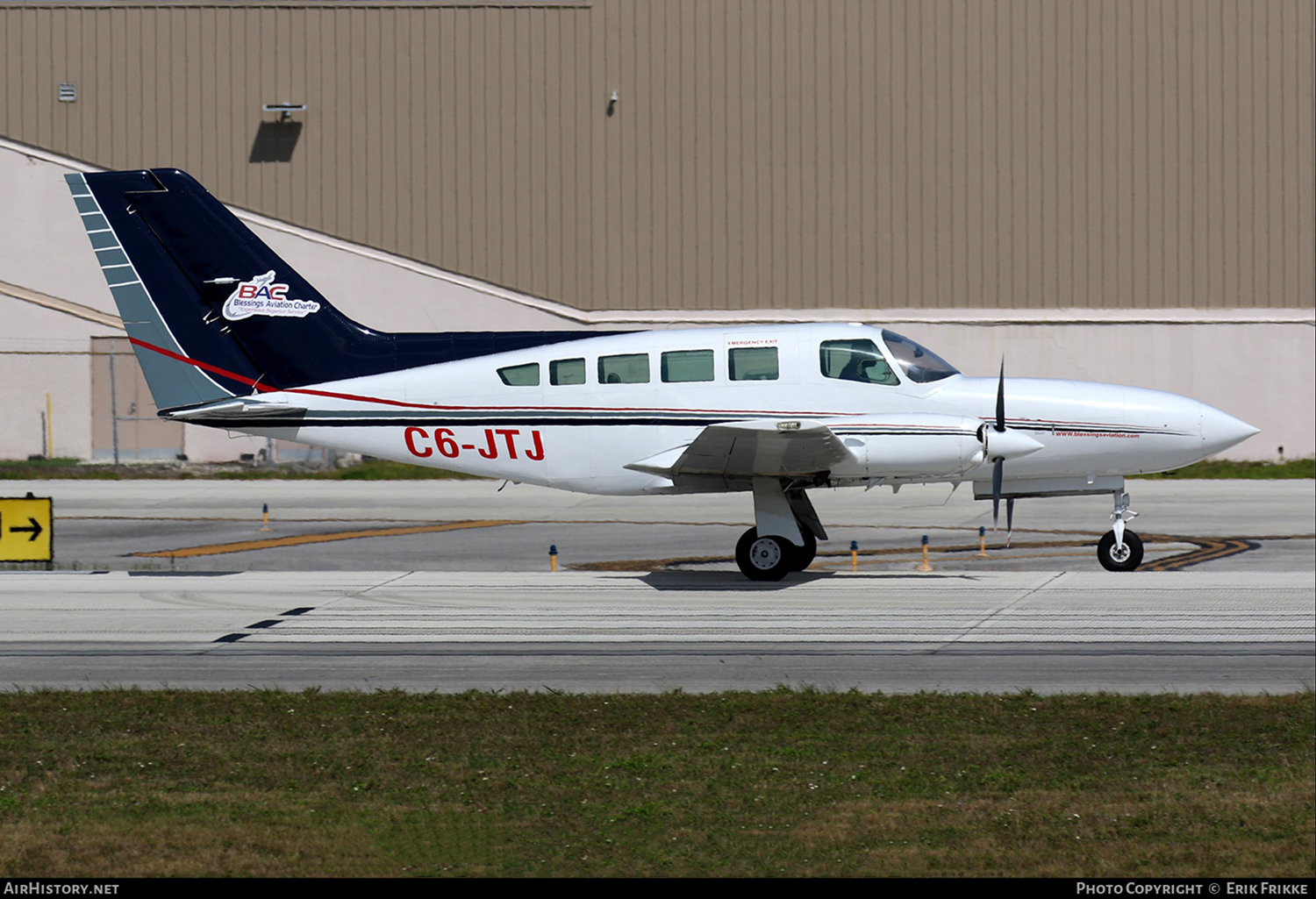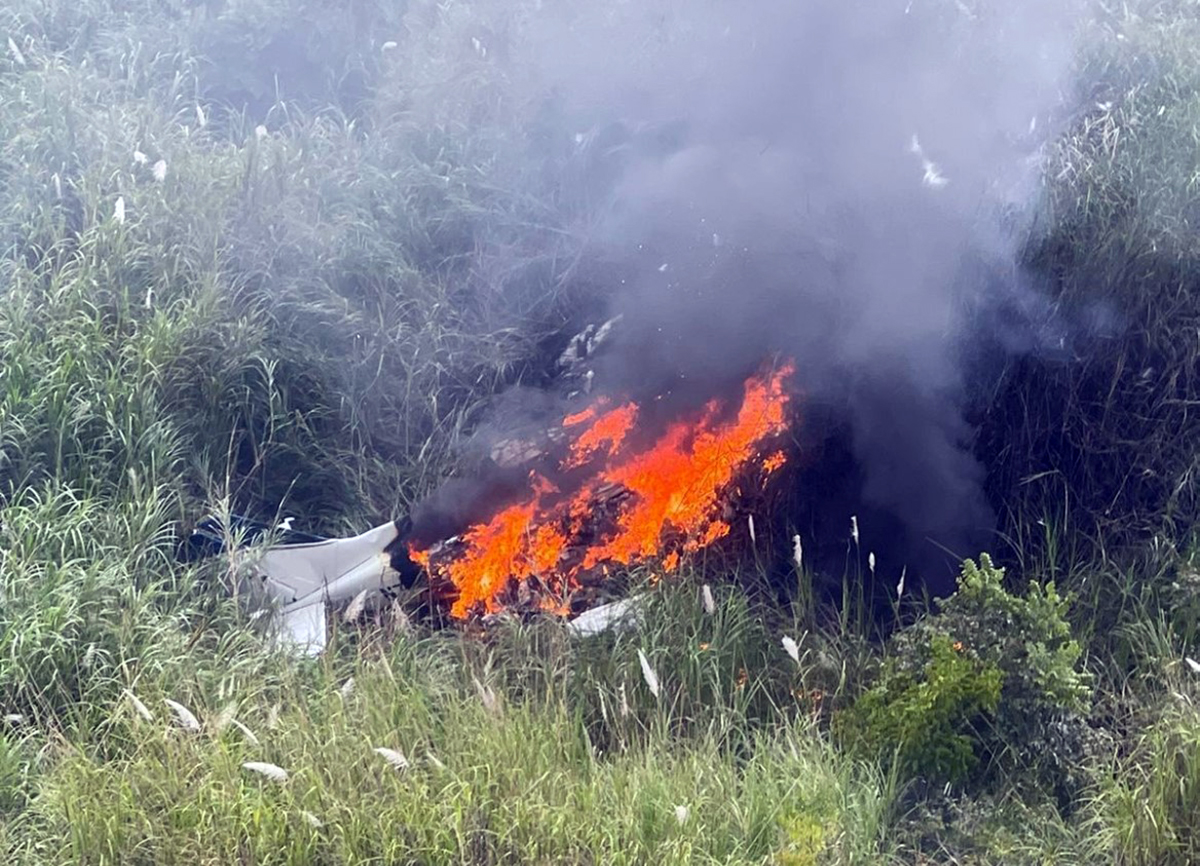Crash of a Cessna 402C near Urrao: 10 killed
Date & Time:
Jan 8, 2025 at 1730 LT
Registration:
HK-2522
Survivors:
No
Schedule:
Juradó – Medellín
MSN:
402C-0322
YOM:
1980
Crew on board:
1
Crew fatalities:
Pax on board:
9
Pax fatalities:
Other fatalities:
Total fatalities:
10
Circumstances:
En route from Juradó to Medellín, the pilot encountered poor weather conditions. In reduced visibility due to low clouds, the twin engine airplane impacted trees and crashed in a dense wooded area located on Cerro San José, near Urrao. The wreckage was found a day later. The airplane disintegrated on impact and all 10 occupants were killed.
